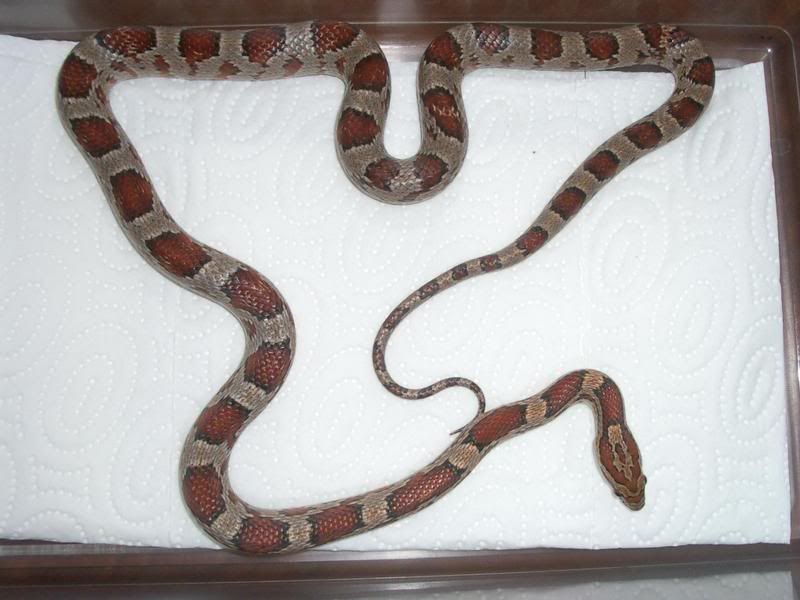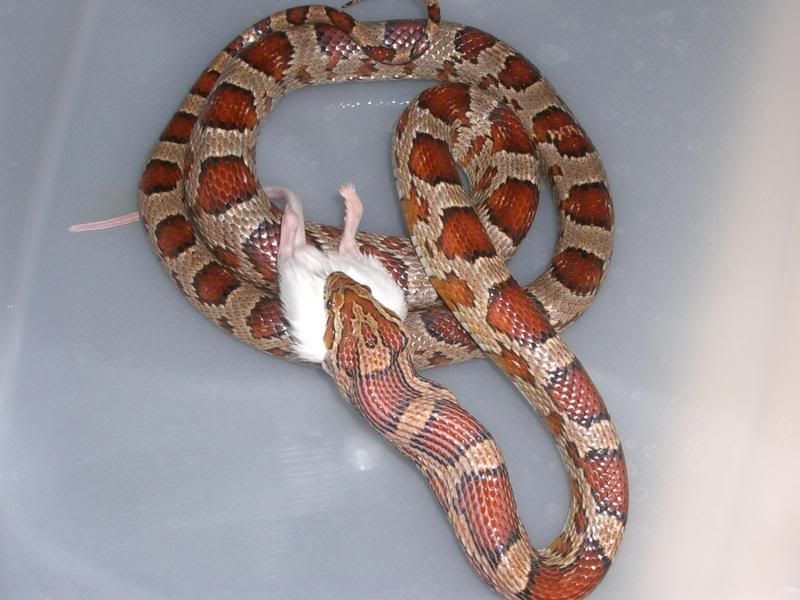-
Hello!
Either you have not registered on this site yet, or you are registered but have not logged in. In either case, you will not be able to use the full functionality of this site until you have registered, and then logged in after your registration has been approved.
Registration is FREE, so please register so you can participate instead of remaining a lurker....
Please be certain that the location field is correctly filled out when you register. All registrations that appear to be bogus will be rejected. Which means that if your location field does NOT match the actual location of your registration IP address, then your registration will be rejected.
Sorry about the strictness of this requirement, but it is necessary to block spammers and scammers at the door as much as possible.
You are using an out of date browser. It may not display this or other websites correctly.
You should upgrade or use an alternative browser.
You should upgrade or use an alternative browser.
Miami or not Miami... that is the question...
- Thread starter Fabius
- Start date
larryg
New member
I see the saddles are large, and in total there are less than 50, including the small spots on the tail. Most of the 'locality' Miamis I have seen have a different look - the saddles are closer together and the number of saddles is usually higher, at least 50 or in the mid-50s. I suspect your snake is probably of large size. Most locality Miami phase are of medium size only (not big like an Okeetee.) Yours may have the look of a Miami Phase, but I would say it's probably not from locality lines. I have seen a non-locality Miami Phase from the "Rainwater" (Jeff Rainwater?) bloodline, and it resembled your snake - low saddle count and fairly large overall size.
Here are two I bred from locality lines, from different mothers. The first one eats the best and will be a keeper if only for that reason. She/he just shed and looks more silver around the neck and head now. I've had to feed lizards to most of the others, which is what Kathy and other Miami Phase breeders do. They often refuse to eat pinkies when very small - another locality Miami triait. Since my adults (their parents) eat only mice, I'm sure they'll outgrow the lizard habit sooner or later. The second pic is a nice-looking hatchling, but he (I think) only eats lizards so far.
Here are two I bred from locality lines, from different mothers. The first one eats the best and will be a keeper if only for that reason. She/he just shed and looks more silver around the neck and head now. I've had to feed lizards to most of the others, which is what Kathy and other Miami Phase breeders do. They often refuse to eat pinkies when very small - another locality Miami triait. Since my adults (their parents) eat only mice, I'm sure they'll outgrow the lizard habit sooner or later. The second pic is a nice-looking hatchling, but he (I think) only eats lizards so far.
Attachments
Blue Apple Herps
aka Matthew, PhD
I personally would not call that a Miami. Seems to have too much orange in the background color and looks closer to a normal and miami, but that's just me.
larryg
New member
As far as the orange in the background color, I only have one hatchling out of 3 clutches that really looks orange. Maybe the orange could come from some Upper Keys Corn-type genetic influence, since they are often more orange in color. Most of mine are surprisingly clean-looking, as far as the background colors. The color of the saddles is one area where I can see major variation, from very dark (almost black) to red or red-brown. Of course the saddles get a lot lighter in color as the snake gets bigger and older. This is the little one with the orange color in the background. It's a 'Miami locality', even if it deviates from Miami phase too much to be called that. You can still see the shape of the saddles, # of saddles, etc. And that one loves to eat lizards, but has never eaten anything else (yes I've tried scenting, braining, etc.)
Attachments
SnakeAround
Formerly Blutengel
larryg
New member
Blutengel said:I think some people around here woudl call it miami phase, though I see the saddles not matching the expected miami look.
Larry, does this snake look like Miami locality to you saddle and colorwise?
I think it could have some locality Miami blood, given the look of the saddles and colors. Most every locality Miami I have seen has nice yellow on the side markings.
It's hard to say that something is a locality just by looking at it (unless you already know the breeding behind it.) But I think you can say that a snake is probably not a certain type of locality, if it looks much different from what you normally would expect to find.
SnakeAround
Formerly Blutengel
larryg said:I think it could have some locality Miami blood, given the look of the saddles and colors. Most every locality Miami I have seen has nice yellow on the side markings.
It's hard to say that something is a locality just by looking at it (unless you already know the breeding behind it). But I think you can say that a snake is probably not a certain type of locality, if it looks much different from what you normally would expect to find.
I asked cause it has been said that since that he is really dark red on silver, he must be from locality lines.... but he IS a big guy; 4.2 feet
SnakeAround
Formerly Blutengel
It is not fat... he is nicely toned 
Fabius
The Reverend
Menhir said:If you try long enough, you may once find a board where this animal is called a Miami... but as you can see, you get the same answers as in all other boards you already posted in.
Greetings
@ Menhir: I just wanted to get as many opinions as possible...
@ all.... Thx for your help...
Greetz
Fabius
larryg
New member
Joejr14 said:Nobody else recognizes Miamis as a locality, Larry. 99% of people out there consider Miami to be a 'phase' or 'look'. And that 'look' has nothing to do with number or size of saddles, or body thickness.
Not if you are looking at it from a locality perspective. For many people, "wine" comes from the 7-11 cooler with an MD-20/20 label on it. Others are more particular or selective.
I agree the number of saddles is not a hard and fast rule, just an observation. My largest Miami male is at least 4 feet, and my largest female is just under 4 feet. I don't think you'll find many in the 5 foot+ range, though, and many are only around 3 to 3 1/2 feet. Body thickness and condition has mostly to do with diet, but I do agree Miami locality Corns tend to be more slender, in general (based on observation and also discussions with the other 1% of us who care about locality Miami Corns.)
SnakeAround
Formerly Blutengel
Menhir said:Judging the locality of a cornsnake by its look... wow. :shrugs:
Yeah, we are good, aren't we?
larryg
New member
Menhir said:Judging the locality of a cornsnake by its look... wow. :shrugs:
After you see enough locality Miami Corns, especially those from Southern Miami-Dade, you begin to recognize how they look a bit different from most other Corns. I already said you cannot positively say anything based on the appearance (why I posted the photo of my orange-colored "Miami" hatchling.) I believe I said "probably not", based on my experience. If it is a locality Miami, it is an atypical example. More likely it is a Rainwater-line "Miami" or something similar.
larryg
New member
I said my largest locality Miami male is just over 4 feet. That's not exactly correct... I measured him last night, and he's about 46 inches, or just under 4 feet. The larger female is about 42 inches or 44 inches. I've heard of some locality Miamis that only reach 2 feet when mature, but I think 3 to 4 feet is the norm. My WC female is barely 3 feet. The other male is 3 feet but could still grow a few more inches.
Both my Abbott Okeetees have about 40 saddles/markings each, compared to 55-60 for most of the Miamis. The Okeetees are physically larger snakes, obviously.
Both my Abbott Okeetees have about 40 saddles/markings each, compared to 55-60 for most of the Miamis. The Okeetees are physically larger snakes, obviously.










